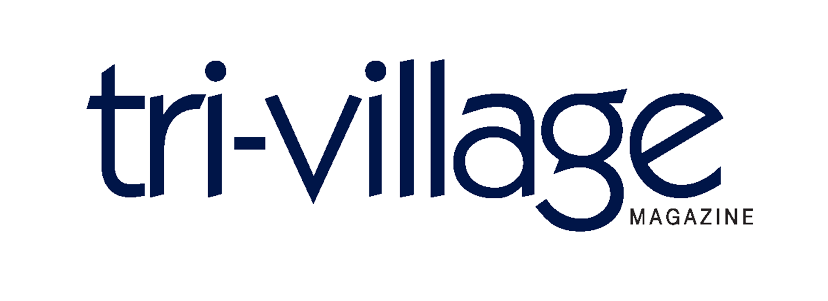Tax season officially comes just once a year, but it’s not the only time to think about how taxes impact your portfolio. You can work throughout the year to make Tax Day a more pleasant holiday and avoid any surprises. If nothing else, this is a good time to check and improve your financial strategy for the next year.
Making your portfolio more tax-efficient is an easy way to increase your worth. And it’s not just that you’ll see less of your earnings going to taxes; keeping that money in your investments will lead to compounding returns.
This means that financial planning to minimize tax losses can have short-term benefits at the end of the tax year and also as you look toward long-term goals such as retirement, supporting children in college or purchasing property.
“People don’t always think about the tax implications of their investments,” says Joseph Panfil, managing director of investments for Bibler Finney Panfil Private Wealth Management Group of Wells Fargo Advisors. “If we can mitigate the amount of taxes that people are paying, at the end of the day, they’re going to hit their goals much faster.”
Panfil says a more tax-hardy financial strategy starts with diversifying a portfolio so its assets are spread between both taxable and tax-advantaged accounts.
Tax-advantaged accounts would include individual retirement accounts or a 401(k). Roth IRAs and Roth 401(k)s take after-tax contributions but allow investments to then grow tax-free. Traditional IRAs and 401(k)s use before-tax contributions and may be tax-deductible. It’s often considered wise to max out the possible contribution amounts for these accounts as that limits the exposure to taxes.
“That’s free money,” says Ryan Bibler, managing director of investments for Bibler Finney Panfil Private Wealth Management Group. “A lot of times, you’re also getting a (matching contribution) from the company you work with.”
Employers that match 401(k) contributions or contribute via a profit-sharing plan, Bibler says, make those accounts all the more appealing.
Better Investing, Better Results
While prioritizing tax-advantaged accounts may be well-known advice, it’s just as important to make smart decisions in taxable accounts. In addition to being taxed on gains from selling an investment, you can also be taxed on capital gains or dividends from an investment even if you didn’t sell any assets.
“One of the biggest things you want to do is look and see if you own mutual funds in your brokerage account,” says Vincent Finney, managing director of investments for Bibler Finney Panfil Private Wealth Management Group. “That’s probably the biggest surprise people are going to get.”
Mutual funds can include a mixture of stocks, bonds and other assets. Because mutual funds are handled by a money manager with money from individual investors, those investors may not be aware of all the transactions taking place with assets inside a fund.
Often, gains from mutual funds are reinvested. Those earnings are still taxed. Additionally, sales within a fund can lead to taxes even if there aren’t gains for the account as a whole.
“The client’s stuck wondering, ‘I didn’t trade anything, how is it that I owe all this money in capital gains taxes?’” Bibler says. “There are certain types of investments that don’t have that. We call it a tax drag.”
Assets such as exchange-traded funds, index funds and individual stocks aren’t subject to the same surprise tax implications.
“You literally have to buy or sell them to have capital gains put on,” Bibler says. “You have much more control. … With a normal mutual fund, you don’t have any say in the matter.”
Even if an investor anticipates gains and is looking to minimize the tax impact, tax loss harvesting is one of the most common tools to counter that effect. To offset the assets with positive returns, an investor can sell assets that have lost value. Often, an investor will take the proceeds from those sales and re-invest into similar investments.
“That’s a way for you to realize a tax loss while something is down, but you stay invested,” Panfil says. “You’re selling low and buying a like investment, so you would then get the recovery of something similar.”
After receiving 1099 tax forms and brokerage statements, it’s a good time to go back through and look for records of capital gains within a mutual fund or assess for missed opportunities to harvest tax losses. That process is something a retail investor can do on their own to gain a better understanding, but financial advisors can also advise on making decisions appropriate for an individual portfolio.
The key takeaway is that avoiding unnecessary taxes can be similarly important to maximizing potential gains.
“It’s not necessarily what return you make, it’s what return you keep,” Bibler says. “That can be considerable depending on how you’re investing.”
Cameron Carr is the associate editor. Feedback welcome at ccarr@cityscenemediagroup.com.






